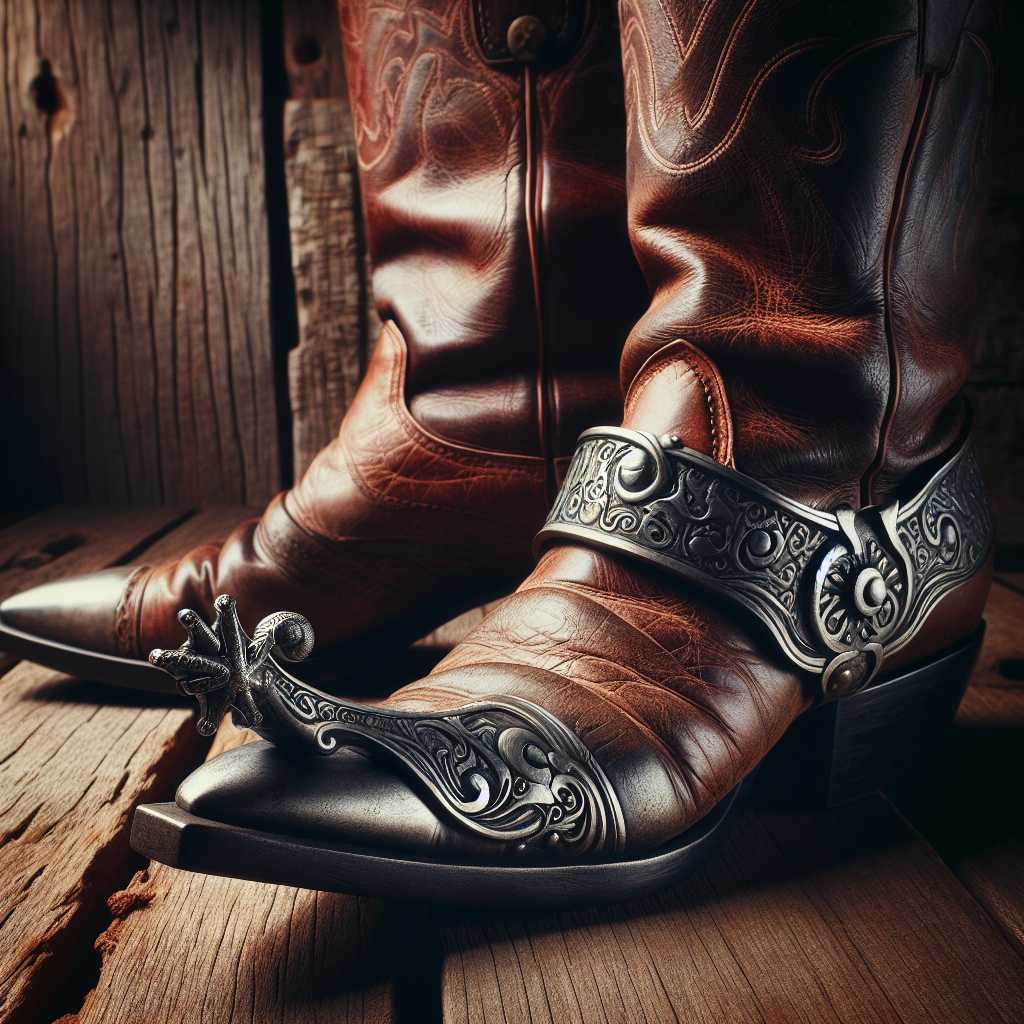Example Article
Historical Origins and Functional Purpose of Spurs
Spurs have a fascinating history that stretches back thousands of years, serving primarily as tools for riders to communicate commands to their horses. Originating in the ancient civilisations of the Eurasian steppes, spurs were initially crafted from bone or horn before evolving into more durable metals such as bronze and iron. Their functional design allowed horsemen to apply gentle pressure to a horse’s sides, encouraging movement or changes in pace without vocal commands.
The medieval period saw a significant refinement in spur design, particularly across Europe where mounted knights depended on them in battle and tournaments. Spurs became symbols of knighthood and chivalry, often ornately decorated to indicate rank or lineage. This dual role—both practical and symbolic—elevated the spur beyond mere equipment into a cultural artefact.
In essence, the spur’s origin is deeply intertwined with humanity’s relationship with horses, reflecting advancements in craftsmanship and riding techniques. Its enduring presence in equestrianism underscores its efficiency in improving rider control and horse responsiveness, a testament to its timeless design.
Spurs in Modern Equestrian Disciplines
Today, spurs remain indispensable in various equestrian sports, including dressage, show jumping, eventing, and western riding. Modern spurs are designed with precision to suit different riding styles and horse temperaments. For instance, dressage spurs tend to be subtle with small rowels or blunt ends to promote delicate cues, while western spurs often feature larger rowels that can provide more pronounced signals.
The use of spurs is governed by strict regulations within competitive equestrian circles to ensure ethical treatment of horses. Riders must demonstrate skill and sensitivity; improper use can cause discomfort or harm, leading to penalties or disqualification. The emphasis on responsible spur use reflects broader concerns about animal welfare in sport.
Moreover, advancements in materials, such as lightweight alloys and ergonomic designs, have enhanced rider comfort and effectiveness. Spurs are no longer just functional accessories but also tools that require expertise and respect for the horse’s wellbeing.
Cultural Symbolism and Spurs Beyond Equestrianism
Beyond their practical applications, spurs carry rich cultural symbolism across various societies. In many Western cultures, they evoke imagery of cowboys and frontier life, embodying ideals of rugged individualism and adventure. This association is frequently celebrated in films, literature, and art, where spurs represent freedom and mastery over nature.
In military traditions worldwide, spurs often signify rank or achievement among cavalry units. Ceremonial presentations of spurs mark milestones such as commissioning or completion of advanced training courses. These traditions highlight the spur’s role as an emblem of honour and skill rather than merely a riding aid.
Interestingly, the motif of the spur has also permeated fashion and design. From jewellery inspired by spur shapes to motifs on boots and belts, the cultural resonance of spurs extends well beyond their original equestrian context.
The Future of Spurs: Innovation and Ethical Considerations
As equestrian sports evolve alongside growing awareness of animal welfare, the future of spurs involves balancing tradition with innovation. Emerging technologies include adjustable spurs that allow riders to customise pressure levels or designs that minimise discomfort for horses while maintaining effective communication.
Research into biomechanics and equine behaviour continues to inform best practices for spur use. Educational programmes emphasise rider responsibility and encourage alternatives such as voice commands or rein aids where appropriate. This shift represents a broader trend towards humane treatment within competitive environments.
Ultimately, the future success of spurs lies in their ability to adapt thoughtfully without losing their historical essence. Through ongoing dialogue among riders, trainers, veterinarians, and designers, spurs will likely continue as vital tools—respected both for their heritage and ethical application.
Conclusion: Spurs as Timeless Tools Bridging Past and Present
From their ancient origins as simple bone implements to sophisticated modern tools integral to equestrianism today, spurs exemplify human ingenuity in enhancing horse-rider communication. Their dual identity as functional equipment and cultural symbol enriches their significance across diverse contexts—from sport to ceremony.
The ongoing evolution of spur design reflects changing attitudes towards animal welfare and technological advancement while honouring centuries-old traditions. As riders become increasingly aware of ethical considerations, the role of spurs continues to be redefined thoughtfully.
In sum, spurs remain timeless artifacts that bridge history with contemporary practice—a testament to enduring partnerships between humans and horses shaped by respect, skill and innovation.
Notes
- Spurs date back over 2,000 years with evidence found in ancient Eurasian archaeological sites.
- Modern competitive dressage rules restrict spur size for humane horse treatment.
- Ceremonial ‘golden spurs’ are awarded in some military units as marks of distinction.
- Approximately 75% of professional equestrians consider spurs essential for fine control.
- Innovations include adjustable pressure spurs designed for sensitive horses.

